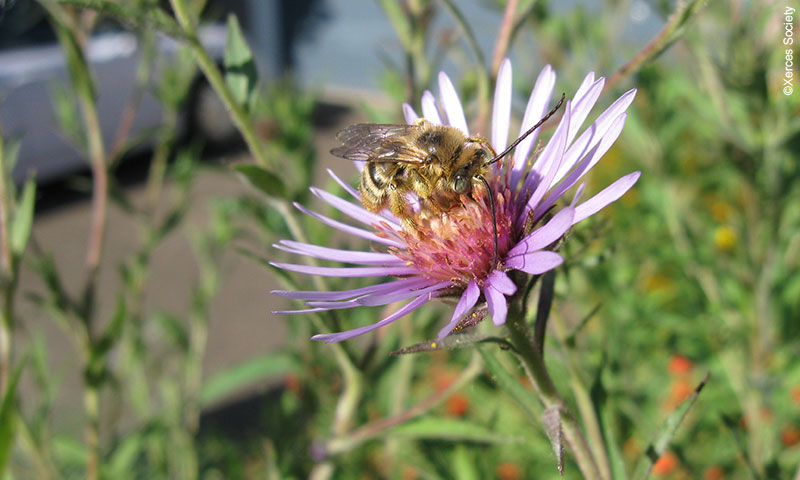The importance of pollinators is often expressed through big numbers related to food crops. With last month’s release of the Intergovernmental Science-Policy Platform on Biodiversity and Ecosystem Services‘ report “Thematic Assessment of Pollinators, Pollination and Food Production” such a number is 235-577 billion: the annual value in U.S. dollars of global crops directly affected by pollinators.

But there is another numbers worth noting. According to the University of Northampton’s Jeff Ollerton, who specializes in plant/pollinator relationships, 85% of flowering plant species require animal pollinators in order to reproduce. When you think about the fact that 90% of all plants on Earth are flowering, we’re talking about a massive number of plant species that rely on pollinators.
Pollinators are the cornerstone for most terrestrial ecosystems, yet according to a study just released by the Intergovernmental Science-Policy Platform on Biodiversity and Ecosystem Services, they are in trouble. How much do we know about pollinators, and what can we do to protect them? We explore these questions in the Spring Equinox issue of Leaf Litter.
The issue includes interviews with experts, a profile of one of the leading non-profits working to protect invertebrates, and lots of inspiring efforts to advance pollinator research, restoration, and outreach. And let me tell you…once you learn about fascinating pollinators like the brilliant green, metallic-looking Euglossa species of orchid bee, or about the mind-blowing relationship between the fig and the fig wasp, you will be in awe of these pollinating creatures.
In fact, the next time sip a margarita, you just might raise your glass to pollinators.
Further Reading
Get to know Senior Engineering Technician Cody SmoutMeet Interdisciplinary Water Resources Engineer Emily Dubois
Get to Know Administrative Assistant Anne Berg
Jaye Hoyte Hayes reflects on his experience as a Biohabitats intern
Alyssa Burton’s experience as a Biohabitats intern
More From This Author
Thoughts on Stakeholder EngagementBiohabitats Founder & President, Keith Bowers on Real Leaders Podcast
COP10: Could biodiversity offsets be the answer?
Get to know Danielle Ursprung, Integrated Water Resources Engineer
The stark reality of post-apocalyptic film locations

